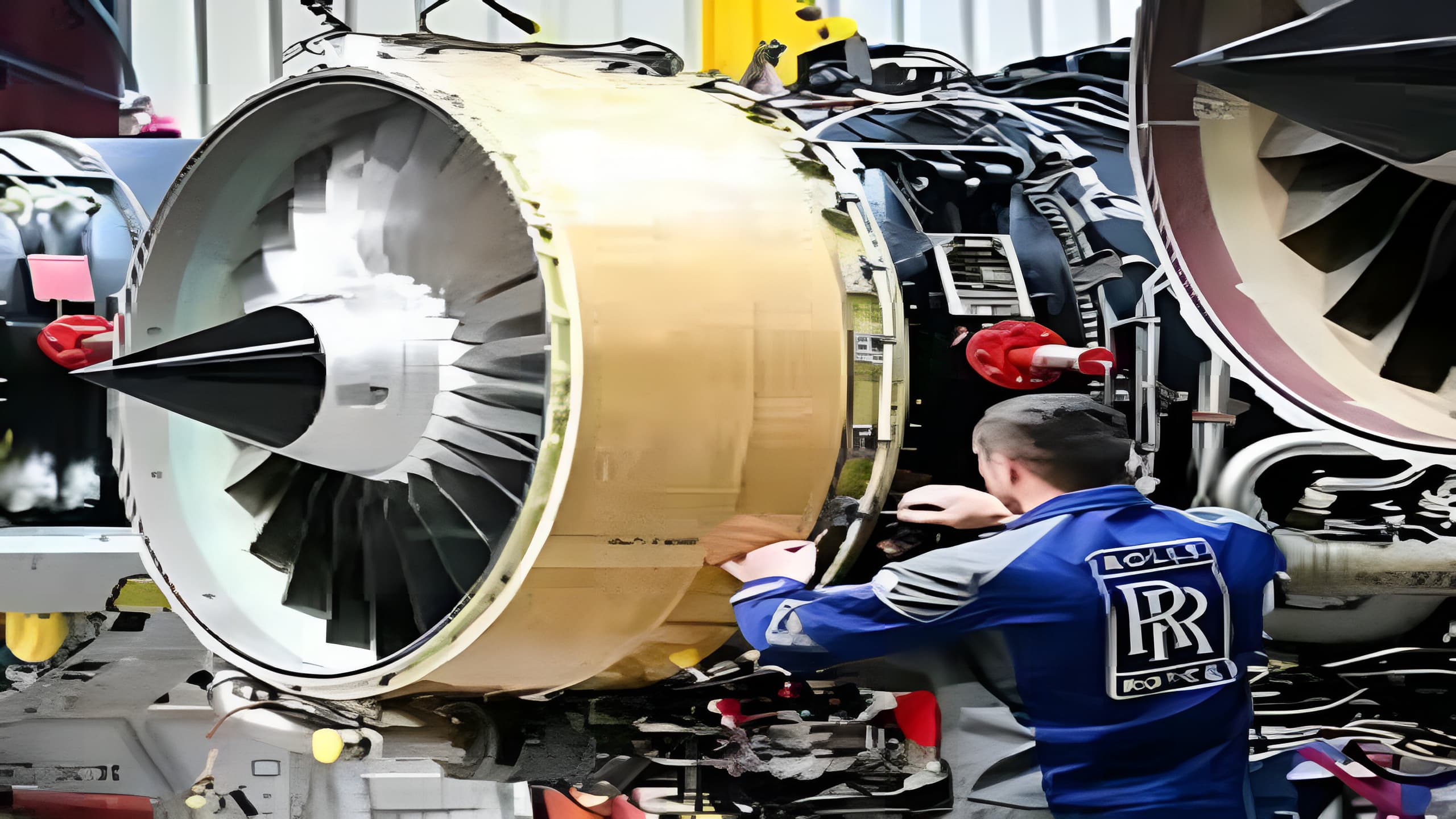Rolls-Royce Offers Jet Engine Co-Development Deal to India, Aims to Outpace Japanese Competition

UK’s Rolls-Royce Counters Japan’s Jet Engine Offer with Co-Development Pact for India
In a significant strategic development, UK-based aerospace giant Rolls-Royce has extended a comprehensive offer to co-develop, locally produce, and customize its next-generation fighter jet engine with India. They proposed engine will initially deliver 120kN of thrust, but with the planned upgrades, including a larger fan, new turbine stages, and enhanced airflow, the thrust capacity could potentially be scaled up to between 140kN and 280kN, is expected to be a major component in India's fifth-generation Advanced Medium Combat Aircraft (AMCA) program.
The offer comes amid intensifying global competition over India’s burgeoning defense aviation market. A few months ago, Japan made headlines by offering India its advanced IHI XF9-1 engine, a rare move from Tokyo, given its traditionally conservative approach to defense exports. The Japanese engine boasts an impressive thrust of 147 kN and is considered compatible not only with fifth-generation fighters but also potentially with sixth-generation aircraft. Japan also promised full technology transfer, moderate integration, and domestic production rights.
In contrast, the US has offered India the GE F414 engine, capable of 120 kN thrust. France and the UK also have engines in the 120–130 kN range. Despite the Japanese engine's superior specifications, Rolls-Royce is now aggressively pitching a more India-centric collaboration.
A Tailored Offer for AMCA
Rolls-Royce has proposed a deep partnership, not only will the engine be co-developed and co-produced in India, but India will also be granted the authority to redesign key elements to meet indigenous requirements. The proposal includes increasing fan size, adding new turbine stages, and enhancing air intake systems, upgrades that could potentially increase thrust from 120 kN to up to 280 kN.
This would significantly broaden the engine’s usability, allowing integration not just with stealth fighter jets like AMCA, but also with civil aviation and transport aircraft, creating a multipurpose propulsion system that benefits both defense and civilian sectors.
The ability to customize and scale thrust performance is seen as a major draw for India, especially since the domestic Kaveri engine program remains delayed and unlikely to be ready in time for the AMCA's initial operational capability, expected around 2035.
Kaveri Delays and Need for Interim Solutions
The Kaveri engine project, launched in 2007, was intended to power India's future combat aircraft. However, technological and funding challenges have consistently pushed its timelines. While development continues, the Defense Research and Development Organisation (DRDO) has acknowledged that the AMCA’s early production variants will need to rely on foreign powerplants.
The Rolls-Royce offer could serve as a stopgap solution, one that not only bridges the capability gap but also supports the long-term goal of indigenous engine development through technology transfer and joint R&D.
U.S. Setback and India's Shift in Strategy
India had been in advanced talks with the U.S. for the GE F414 engine to power AMCA’s prototypes. However, pricing disputes and supply chain delays have raised concerns. The previous F404 engine supplied for India’s Tejas Mk1 fighter program experienced substantial delays, reportedly due to global disruptions, but Indian officials have privately expressed frustration over the lack of timely support from the U.S.
These setbacks, alongside fears of overdependence on a single supplier, have encouraged India to diversify its options, prompting serious evaluation of alternatives from Japan, the UK, and France.
Private Sector Readiness
India’s domestic defense ecosystem has also matured significantly. Private firms such as Godrej Aerospace and Larsen & Toubro (L&T) are now seen as capable players in indigenous engine manufacturing. L&T has already proposed a homegrown engine with up to 110 kN thrust, while Godrej is equipped to support high-end fighter jet component development.
With these industrial capabilities in place, India is in a stronger position to demand technology sharing and local production as prerequisites for any defense contract.
The Strategic Stakes
Rolls-Royce’s proposal is more than a business offer, it reflects a broader geopolitical recalibration. The UK appears keen to deepen its strategic partnership with India amid the evolving Indo-Pacific dynamics and global defense realignments.
For India, the deal could be a catalyst in achieving its long-standing vision of self-reliance in defense manufacturing, especially in high-complexity domains like jet engine technology, where very few nations possess independent capabilities.
As negotiations progress, India’s final decision will likely balance technical merits, cost-effectiveness, strategic leverage, and long-term industrial benefits. But for now, Rolls-Royce’s upgraded offer has positioned it as a frontrunner in a race that is as much about engines as it is about the future of global defense alliances.